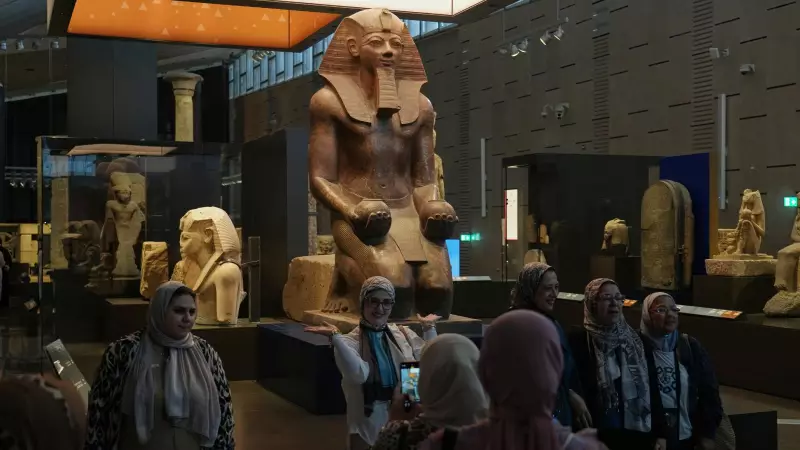
In a spectacular celebration fit for the pharaohs themselves, Egypt has officially unveiled the highly anticipated Grand Egyptian Museum (GEM), marking a monumental moment in the preservation of ancient history. Located strategically in the shadow of the iconic Giza Pyramids, this colossal cultural institution represents one of the most significant museum openings of the century.
The inauguration ceremony witnessed international dignitaries and Egyptian officials gathering to celebrate what many are calling the world's largest archaeological museum. After years of meticulous planning and construction delays, the doors have finally opened to reveal treasures that span millennia of Egyptian civilization.
A New Home for Ancient Wonders
The Grand Egyptian Museum now houses an unprecedented collection of approximately 50,000 artifacts, with many items being displayed to the public for the very first time. Among the most anticipated exhibits is the complete collection of Tutankhamun's treasures, with all 5,000 pieces of the young pharaoh's possessions assembled together for the first time since their discovery.
The museum's architecture itself is a marvel, blending modern design elements with ancient Egyptian influences. The grand staircase alone showcases over 80 significant statues and artifacts, creating a breathtaking journey through different historical eras as visitors ascend through the museum's levels.
Strategic Location and Global Significance
Positioned on a 500,000-square-meter site approximately 2 kilometers from the Giza Pyramids, the museum creates a direct visual connection between ancient monuments and their historical context. This strategic placement allows visitors to experience artifacts in proximity to their original locations, enhancing the educational and emotional impact of the exhibits.
Egyptian authorities envision the GEM as a catalyst for cultural tourism revival, hoping to attract millions of visitors annually. The timing is particularly crucial as Egypt seeks to reinvigorate its tourism industry, which has faced numerous challenges in recent years.
Preservation Meets Innovation
The state-of-the-art facility incorporates cutting-edge conservation laboratories and research centers, ensuring that these priceless artifacts receive the best possible care. Advanced climate control systems, specialized lighting, and modern security measures protect the delicate objects while providing optimal viewing conditions for visitors.
Beyond mere exhibition, the museum serves as a active research institution where international archaeologists and Egyptologists can study these ancient treasures using the latest technological advancements in the field.
As the sun sets behind the pyramids, the Grand Egyptian Museum stands as a testament to human civilization's enduring legacy, bridging the gap between ancient wonders and modern appreciation. This monumental achievement not only preserves Egypt's glorious past but also promises to inspire generations of future historians, archaeologists, and curious minds from around the world.





